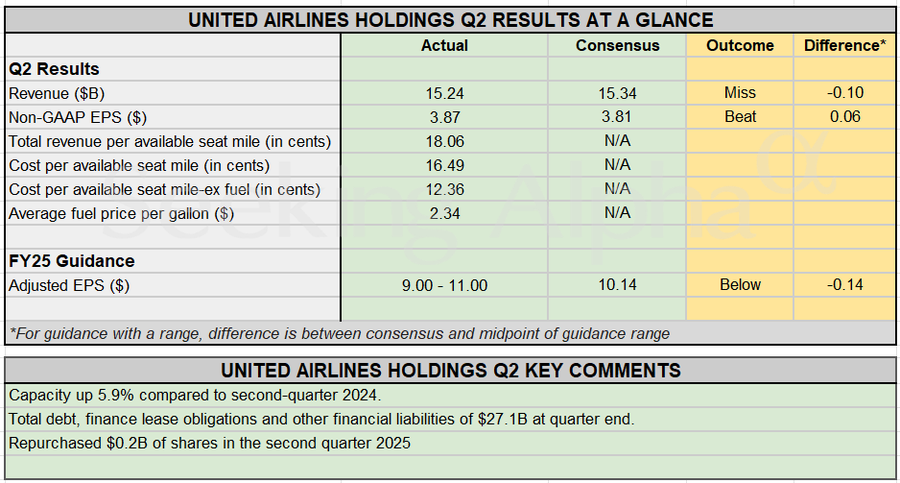In 2020, when the UK was deeply divided over Brexit, David Pullan, a leadership consultant based in London, took some solace in a reassuring voice that he often heard on BBC radio explaining the financial repercussions of the situation with ease. “This man is good,” Pullan remembers thinking.
The voice belonged to Mark Carney, the then-governor of the Bank of England, who is now the prime minister of Canada, and navigating another crisis: A trade war with the U.S.
A former longtime banker at Goldman Sachs, and ex-governor of the Bank of Canada, Carney led a historic comeback for his Liberal Party this spring, entering the political race after Canada’s former leader Justin Trudeau stepped down and the Liberals appeared ready to be trounced by the opposing Conservatives in a federal election. Part of Carney’s success can be attributed to Donald Trump’s victory in the U.S. last year. After Trump talked of imposing high tariffs on Canada, and mused about making the country a 51st U.S. state, Canadian voters backed Carney over his political opponent, believing Carney would be better able to push back against their southern neighbor.
And, although he is facing a fresh test of his leadership right now, voter confidence in Carney seems to have been warranted. Trump has stopped talking about annexing Canada, and the White House has so far honored an existing trade agreement between the U.S., Canada, and Mexico that covers an estimated 94% of goods traded that are free of taxes. In meetings between the pair of leaders, the U.S. president has seemed uncharacteristically subdued and respectful. The interactions left Carney with a new label: “Trump whisperer.”
It’s an idea that Carney shrugs off with a laugh in television interviews. But leadership experts say that his behavior and choices are also lessons for other CEOs navigating precarious times. By approaching Trump with the right mix of respect and self-assuredness, Carney has shifted the dynamic between the two leaders from combative to collaborative. He has also avoided reactive behavior, choosing instead to set his own narrative and not be dragged into a story of Trump’s making.
In the midst of heated conflict, Carney is demonstrating an important point for leaders in any realm, says Mary Crossan, a professor of strategic leadership at Western University’s Ivey Business School. “It’s not impossible to set the stage for the quality of the conversation that you want.”
A Zen-like quality
A Canadian by birth, Carney graduated from Harvard University and Oxford, then worked in the private sector before taking a role with the Bank of Canada. (He’s often credited with shielding Canada from the 2008 financial crisis.) Carney went on to take up the central banker role in the UK in 2013. “What I admire about Mark Carney is what I refer to as his strategic stillness, and his ability to remain calm in the eye of the storm,” says Pullan. By doing so, he becomes the perfect counterweight to Trump, who thrives on chaos and thrives on creating chaotic situations and maximizing the value of those situations to his own end.”
In his first lengthy meeting with Trump, Carney endured what Pullan calls “emotional blows” from the U.S. president, who openly discussed making Canada a U.S. state, a topic he returned to several times. “It was an almost zen-like quality to not rise to those blows,” says Pullan.
Achieving that equanimity is something that many CEOs still need to master, he says. Pullman admits that’s easier said than done, but emphasizes that being the boring, non-reactive leader in the heat of a negotiation with someone as volatile as Trump can be a source of strength.
Don’t try to take the moral high ground, he suggests, because even that can elicit defensiveness and counterattacks. “The encounter can become more like two moose locking horns,” he notes, “and you know that is the area in which Trump is always going to be successful. That’s what he’s done all of his life; he locks horns.”
Unlike Trump, Carney doesn’t go into combat. He did tell Trump that Canada was “not for sale.” But he also signaled he was ready to discuss points of agreement, for example, like border security and the costs of NATO. “It’s about using the other person’s power against them, so they might come at you, but you know, you gracefully step out of the way,” says Pullan.
Like CEOs who have managed to build a working relationship with Trump, such as Apple’s Tim Cook, Carney is also staying on top of the negotiations personally and reportedly texts the U.S. president regularly. That’s also a smart approach when dealing with certain personalities. People with narcissistic behaviors need that attention, Pullan says, and making sure someone like Trump feels heard can help turn down the pressure in a conversation.
Character, not strategy
Crossan believes understanding Carney’s effectiveness with Trump is a matter of character. He’s the same person no matter what room he’s in, she explains, adding that executives should take note.
“No matter what the situation could be, crisis or calm, you bring that steadiness to the decision making that you have,” she says, “and you also infuse others with it.”
Crossan has studied character for more than a decade, and she and a team of scholars have identified what they see as the 11 traits that are the building blocks of character: Accountability, collaboration, courage, humility, justice, temperance, drive, integrity, judgment, transcendence, and humanity. In some people, some traits can be excessive; for example, someone of high integrity can turn into a dogmatic and rigid leader. And she argues that people with imbalances often rise to the top. “We promote people with a lot of drive and accountability, but often they don’t have a lot of temperance,” she says.
But, after watching Carney on the world stage, she believes he has the kind of balance of traits that leads to strong leadership and allows people to build trusting relationships. For example, Carney brings humility to his discussions with Trump by being respectful. But at the same time, he remained accountable to Canadian voters. “As you know from real estate,” Carney famously told Trump in that meeting, “there are some places that are never for sale.”
“He’s correcting the record,” Crossan notes, but doing so in a measured way.
Carney is under a microscope
To be sure, Carney has not emerged totally victorious from a fraught moment in geopolitics. Negotiations have been bumpy: Trump suspended trade talks in late June, then threw a wrench into negotiations by saying he would impose a 35% tariff on all imports from Canada not covered by the US-Mexico-Canada Agreement (USMCA). There are also other sectoral tariff threats that Trump can still use as leverage on things like steel and aluminum, and the two nations are gearing up to renegotiate the free trade deal that includes Mexico
This week Carney made it clear that Canada would not escape from Trump’s tariffs unscathed, a move that some pundits said showed Carney being realistic. No country in the world has managed to negotiate a deal without some baseline levies, as Canada had been hoping to do. The country is currently getting hit by the U.S. with levies of 25% on imports that are not compliant with the USMCA deal, and taxes of 10% on energy and potash imports. Carney has until Aug. 1 to make a deal with Trump before that number could increase. The stakes could not be higher—77% of goods traded go to the U.S., according to Scotiabank.
Some Carney watchers and political rivals have also criticized him for not being tough or tactical enough in his negotiations. Andreas Schotter, a professor of international business at Ivey Business School, for example, is concerned that what made Carney a strong central banker won’t be enough for him to meet this challenge. “Carney has all the traits of a highly competent steward. But this isn’t a stewardship moment,” he told Fortune in an email. “The playbook is no longer ‘manage risk.’ It’s: mobilize complexity before it mobilizes you. That’s the pivot Carney needs to make. And he’ll need to make it now.”
This story was originally featured on Fortune.com

 5 hours ago
1
5 hours ago
1














 English (US) ·
English (US) ·